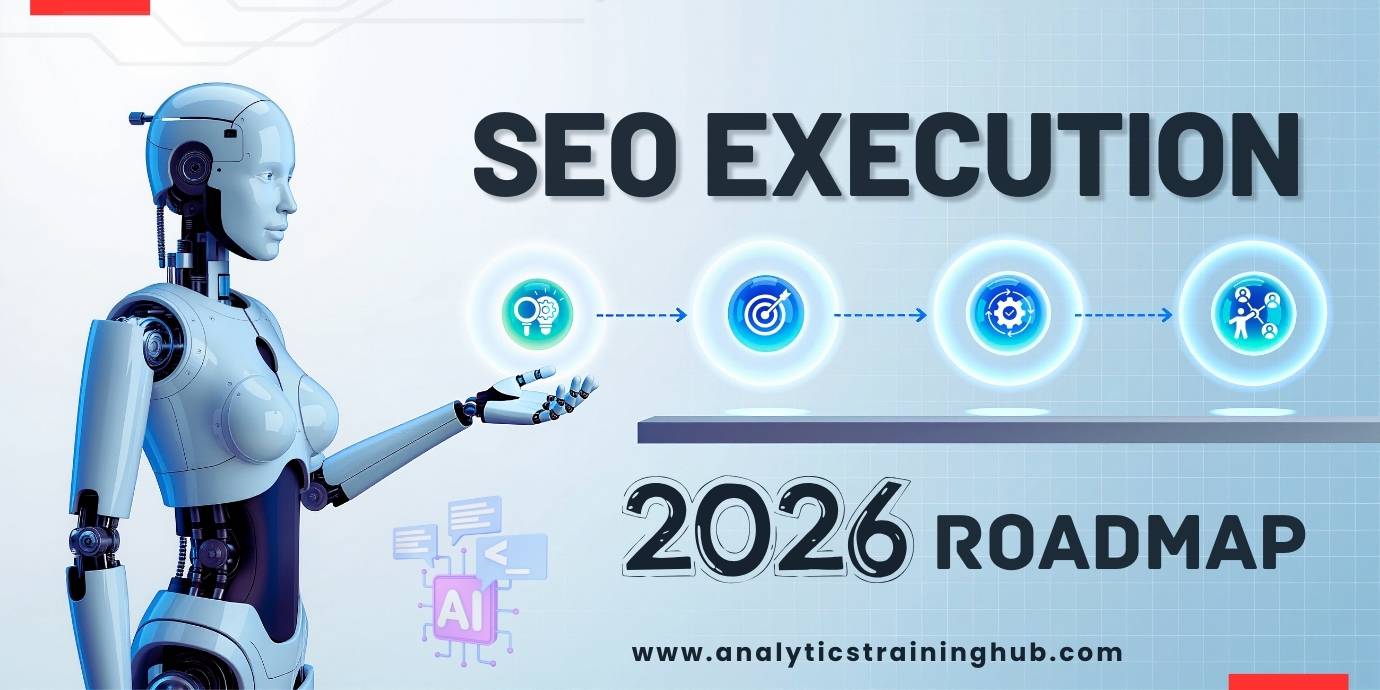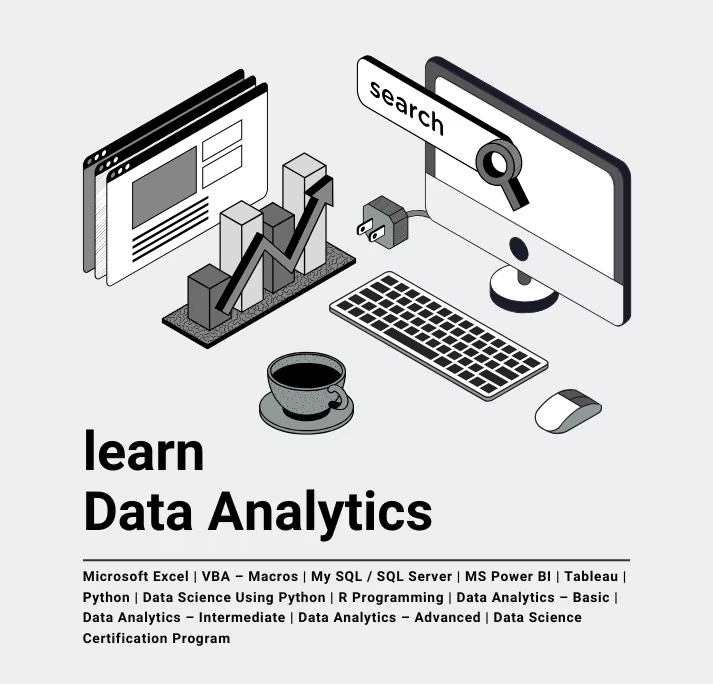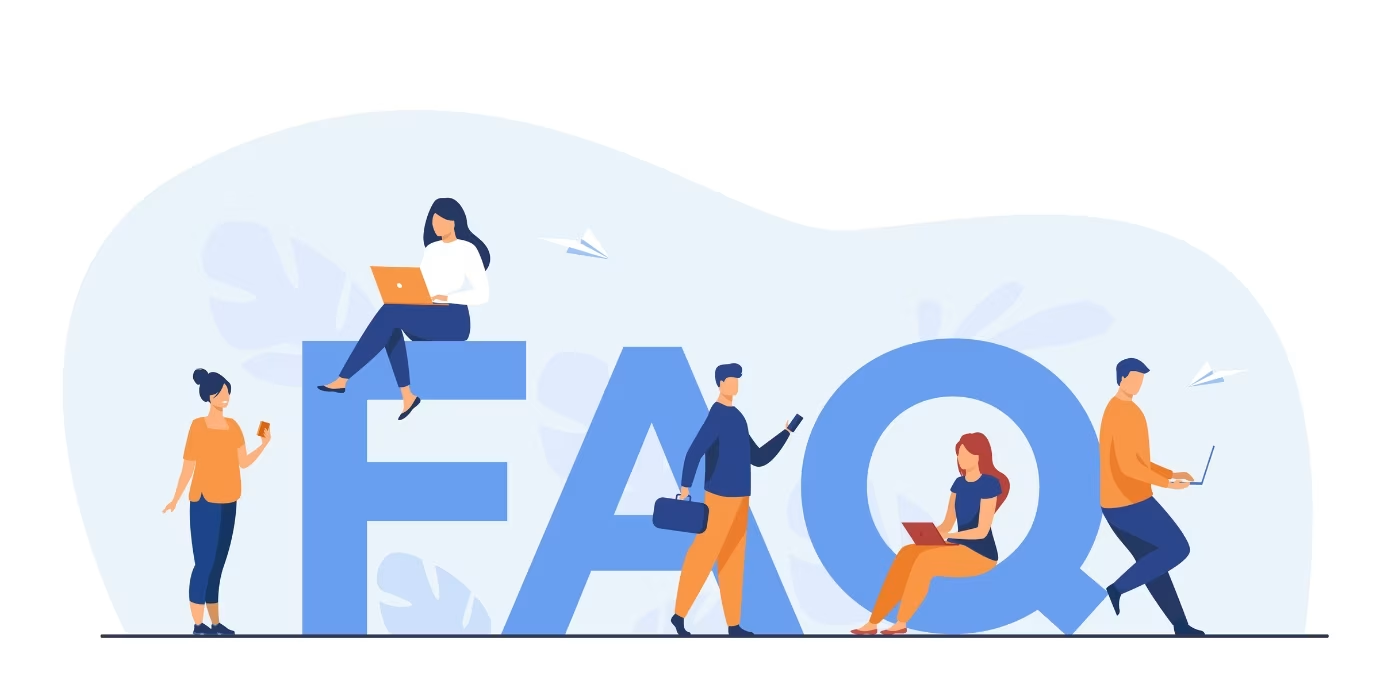
Want to dominate Google in 2026? Follow this proven, scalable SEO Execution roadmap to build strong foundations, craft high-impact content, and adapt to AI-driven changes in search engine. This step-by-step guide includes the tools and strategies you need at every stage.
Table of Contents:
What is SEO?
SEO means: search engine optimisation. It is the process of improving a website to boost its visibility in search engines, such as Google, Bing, and Yahoo, when a user searches for terms related to products, services, or information on specific topics.
The more visible your pages are in search results, the more likely you are to be found and clicked. SEO aims to attract potential clients, customers, or repeat visitors to a site.
| SEO Specialist Certification Program | Performance Marketing Course |
|---|---|
| Data Analytics – Advanced | Data Science program |
Why Learn SEO?
There are many advantages to learning SEO for all types of learners. These are some of the benefits of learning search engine optimisation:
- Grow your career with digital marketing.
- Start your own agency.
- Get traffic to your blog website.
- Help any website grow and attract visitors.
- Learn digital marketing to grow or start your business.
- A quick and simple way to learn digital marketing
An effective way to market is through search engine optimisation, which helps businesses increase their revenues. That’s why SEO is important for businesses. Using online marketing, you can effectively advertise your business, target the right audience, and generate valuable leads.
How to Learn SEO? Step-by-step Guide
Learning SEO is absolutely easy, but it does take some time because there’s a lot to understand about SEO. While understanding the theory behind SEO is important, it’s the hands-on experience that actually makes the difference when it comes to improving your website’s rankings and traffic.
Most of your learning will come from actually doing SEO, not just reading about it. So if you’re ready to dive in and learn how to put SEO into action, here are the steps to get started:
Follow this sequence to build, optimise, and scale SEO effectively.
1. Technical SEO Setup (Start with the Foundation)
Before anything else, ensure your website is technically sound. Without a strong foundation, your content and backlinks will not reach their full potential.
Key Tasks:-
- Secure your website with HTTPS
- Make your site mobile-
- friendly and responsive
- Optimize Core Web Vitals (LCP, FID, CLS)
- Fix crawl errors, broken links, and indexing issues
- Set up robots.txt and submit an XML sitemap
- Implement canonical tags and structured data
- Enable lazy loading for images and videos
Tools Can Be Used:
- Google Search Console
- Screaming Frog SEO
- Spider
- PageSpeed Insights
- GTmetrix
- Ahrefs Site Audit
- Schema Markup Validator
2. On-Page SEO (Before Content Expansion)
Ensure every page is optimised for both search engines and users.
Key Tasks:
- Conduct keyword research based on volume & intent
- Optimize title tags, meta descriptions, headers, URLs
- Use target keywords naturally in the content
- Add internal links and image alt tags
- Structure pages with clear CTAs and readable layout
- Apply E-E-A-T principles (Experience, Expertise, Authoritativeness, Trustworthiness)
Tools Can Be Used:
- Google Keyword Planner
- Ahrefs
- SEMrush
- Ubersuggest
- Surfer SEO
- Yoast SEO / Rank Math
3. Content Strategy & Creation (Build to Rank)
Now that your site is optimized, create content that ranks and converts.
Key Tasks:
- Identify topics across the funnel (TOFU, MOFU, BOFU)
- Build content clusters around core themes
- Create or refresh content to match search intent
- Add schema markup (FAQ, How-To)
- Target Featured Snippets and PAA boxes
Tools Can Be Used:
- Google Trends
- Frase
- AnswerThePublic
- ChatGPT / Jasper
- AlsoAsked
4. Local SEO (If Business Has Local Presence)
Have a physical business location? Strengthen your visibility in local and map-based searches.
Key Tasks:
- Set up or optimize your Google Business Profile
- Ensure consistent NAP (Name, Address, Phone) details
- Collect and respond to Google reviews
- Use Local Business Schema
- Target “near me” and city-specific keywords
Tools Can Be Used:
- Google Business Manager
- BrightLocal
- Moz Local
- Whitespark
5. Off-Page SEO (Build Authority & Trust)
Enhance your online reputation through link building and outreach.
Key Tasks:
- Acquire quality backlinks through PR and outreach
- Monitor brand mentions (linked/unlinked)
- Analyze and replicate competitor backlinks
- Disavow toxic backlinks
- Contribute guest posts or respond to HARO queries
Tools Can Be Used:
- Ahrefs
- Semrush Backlink Audit
- Google Disavow Tool
- BuzzSumo
6. UX & Engagement Optimization
Drive higher engagement by improving user experience.
Key Tasks:
- Simplify site navigation and layout
- Improve accessibility (contrast, alt text, ARIA)
- Enhance CTAs, font readability, and spacing
- Track & Reduce bounce rate
- Use heatmaps and session recordings to refine layout
Tools Can Be Used:
- Google Analytics (GA4)
- Microsoft Clarity
- Adobe
- Hotjar
- Crazy Egg
7. AI & SGE Optimization (New 2026 Strategy)
Adapt your content and site structure for Google’s evolving AI Search Generative Experience (SGE).
Key Tasks:
- Optimise content to appear in Al overviews
- Focus on concise, expert-driven content answers
- Use NLP-based tools for enhanced content structuring
- Optimize for inclusion in AI-generated overviews
- Monitor traffic and impressions from SGE
Tools Can Be Used:
- ChatGPT
- Google Search Console SGE
- Reports
- Surfer SEO AI
- Frase
- Gemini
8. Analytics & Reporting Setup
Build measurement systems that can be used to monitor and learn from the results
Key Tasks:
- Set up GA4 with events, goals, and conversions
- Integrate Google Search Console
- Track keyword rankings, CTRs, and impressions
- Create dashboards to visualize performance
- Analyze top-performing pages and content
Tools Can Be Used:
- Looker Studio (Google Data Studio)
- Google Analytics (GA4)
- Search Console Insights
- Semrush
- Ahrefs
- SE Ranking
10. Governance, Alignment & SEO Culture
Make SEO sustainable and integrated into company workflows.
Key Tasks:
- Conduct quarterly SEO audits
- Create and maintain SOPs and playbooks
- Align SEO goals with business KPIs
- Train teams on SEO best practices
- Maintain collaboration across departments
Tools Can Be Used:
- Slack
- Asana
- Confluence
- Locker studio
- notion
SEO Success in 2026 = Strategy + Systems + Sustainability
This roadmap isn’t just a checklist—it’s a scalable SEO framework. Whether you’re a solo marketer or leading a team,
Use it to:
- Prioritize efforts in the right sequence
- Choose the best tools for each phase
- Build SEO into your workflows and team culture
- Adapt quickly to algorithm and AI-powered changes
| Artificial Intelligence Certification Program | Machine Learning Certification Program |
|---|---|
| Cloud Computing Classes | Upskill With IBM |
FAQs on How to Learn SEO in 2026
Can I learn SEO on my own?
Yes, you can learn SEO on your own. There are a number of free and paid resources like blogs, YouTube channels, online courses, and SEO tools that can guide you through the process.
What are the best tools for learning SEO?
Some of the most user-friendly tools include: Google Search Console, Google Analytics, Ubersuggests, Yoast SEO (for WordPress), SEMrush, and Ahrefs. These tools help you understand SEO performance, keyword rankings, backlinks, and technical issues—all essential for hands-on learning.
Do I need a website to practice SEO?
Having a website or blog is one of the best ways to practice SEO. It’s a great way to test strategies, track results, and gain experience.
Is SEO a good career choice in 2026?
Yes! SEO is in high demand as businesses shift more toward digital channels. From small businesses to large organizations, everyone is looking to improve search engine visibility. As AI-driven search evolves and more users turn to Google. Skilled SEO professionals will have increasing career opportunities by 2026 and beyond.





